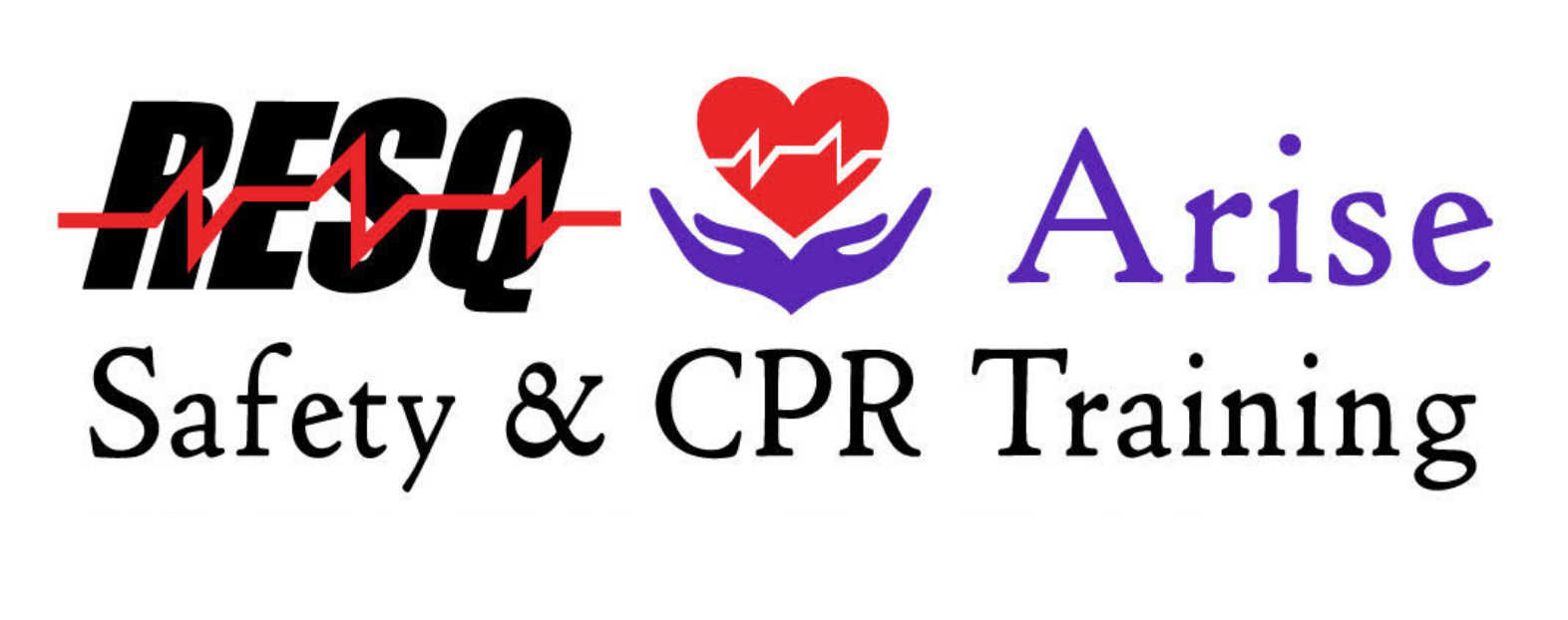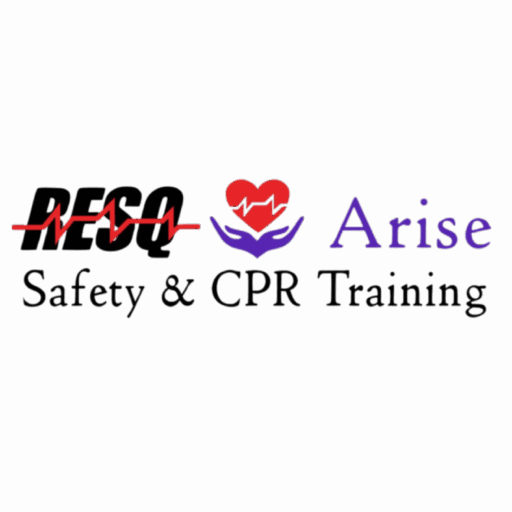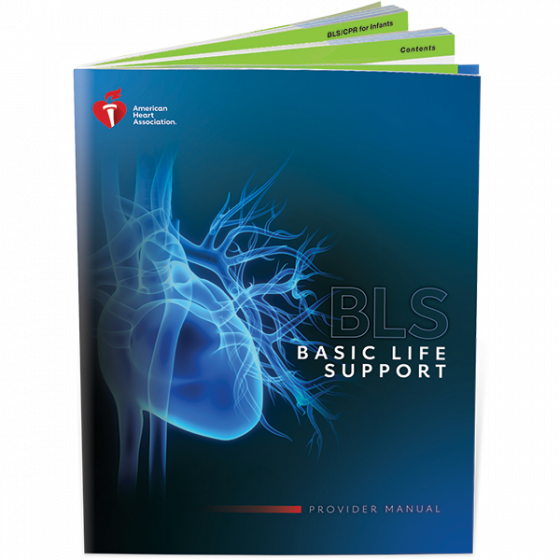There are many variations of passages of Lorem Ipsum available, but the majority have suffered alteration in some injected or words which don’t look even slightly believable. If you are going to use a passage of Lorem Ipsum, you need to be sure there isn’t anything embarrassing hidden.
INDIANA LAWS FOR AED USE AND OWNERSHIP
Hoosiers are know for their hospitality and willingness to help especially in an emergency. But many times fear of liability can be a concern when using and/or purchasing an AED for use. This applies individually who uses and AED as well as the organization or business who may want to purchase or make one available. Having a good understanding of what the law is can often quell those concerns. Below are some of the legislation for the state of Indiana that specifically protects users and owners of AED’s.
House Bill 1106 (2006)
A person or entity acquiring an AED must:
- Ensure the AED is maintained and tested according to the manufacturer’s guidelines.
- A person who gratuitously renders emergency care involving the use of an AED is immune from liability for any act or omission not amounting to gross negligence or willful or wanton misconduct.
An individual, business, or organization that allows a person who is an expected user to use an AED of the individual, business, or organization to in good faith gratuitously render emergency care is immune from civil liability for any damages resulting from an act or omission not amounting to gross negligence or willful or wanton misconduct by the user or for acquiring or providing the AED to the user for the purpose of rendering the emergency care.
A licensed physician who gives medical direction in the use of an AED or a national or state approved AED instructor of a person who gratuitously renders emergency care involving the use of an AED is immune from civil liability for any act or omission of the licensed physician or instructor if it:
1. Involves the training for or use of an automatic external defibrillator; and 2. Does not amount to gross negligence or willful or wanton misconduct.
Removes the use of an AED from the definition of basic life support.
House Bill 1116 (2007) Requires an individual to have training in CPR, removing obstructions to a person’s airway, and the Heimlich maneuver before obtaining an initial license as a teacher.
Establishes immunity from liability for certain acts or omissions by a teacher who has been trained in CPR, removing obstructions, and the Heimlich maneuver.
Latest Equipment for the Heart Treatment
There are many variations of passages of Lorem Ipsum available, but the majority have suffered alteration in some injected or words which don’t look even slightly believable. If you are going to use a passage of Lorem Ipsum, you need to be sure there isn’t anything embarrassing hidden.
Transfusion strategy and heart surgery
There are many variations of passages of Lorem Ipsum available, but the majority have suffered alteration in some injected or words which don’t look even slightly believable. If you are going to use a passage of Lorem Ipsum, you need to be sure there isn’t anything embarrassing hidden.
Heart attack bring 12 weeks stroke risk
There are many variations of passages of Lorem Ipsum available, but the majority have suffered alteration in some injected or words which don’t look even slightly believable. If you are going to use a passage of Lorem Ipsum, you need to be sure there isn’t anything embarrassing hidden.
Offended packages good recommend intent
There are many variations of passages of Lorem Ipsum available, but the majority have suffered alteration in some injected or words which don’t look even slightly believable. If you are going to use a passage of Lorem Ipsum, you need to be sure there isn’t anything embarrassing hidden.
What is the BLS CPR Algorithm?
The BLS CPR algorithm is the basic protocol for performing CPR to an unresponsive victim. It’s the definition of high-quality, effective-as-possible CPR.
There are several different versions of this protocol. Medical professionals get a more complicated version than laypeople, and there are also different versions for adult and pediatric care. However, here are the parts of the algorithm that apply to everyone:
BLS CPR Algorithm for Healthcare Professionals
- Wait no more than 10 seconds to start performing CPR on an unresponsive victim.
- The compression rate should be 100-120 compressions per minute. This is about the tempo of “Stayin’ Alive” by the Bee Gees.
- The depth of compression should be 2-2.4 inches for adults, about 2 inches for children aged 1 to adolescence, and 1.5 inches for babies.
- Let the chest recoil completely after every compression.
- Once you start giving CPR, don’t stop if possible—any interruptions to chest compressions should be minimized.
- If you’re administering an AED shock, the pause between the last compression and the shock—and the pause between the last shock and the next compression—should be kept to under 10 seconds.
- When delivering CPR, start chest compressions before rescue breathing. You should give a rescue breath after your first 30 compressions.
- Watch the rise of the chest to see if your rescue breaths were effective.
- Avoid any excess ventilation; this could result in vomiting, pneumonia, or aspiration.
BLS CPR Algorithm for Laypeople (Non-Medical Professionals)
The version for laypeople is a bit simpler, and emphasizes different things. Here are the details:
- Check the victim’s responsiveness. If they are not breathing or not breathing normally—for instance, if they are gasping for breath—start CPR.
- Call 911.
- Get an automatic external defibrillator (AED), if there is one available.
- The algorithm goes in a loop: CPR, rhythm check, and defilation.
- Check the pulse before starting chest compressions for at least five seconds and no more than 10 seconds. If you can’t find a pulse or can’t tell if there is one, start compressions.
- Push hard and fast in the center of the chest. Start chest compressions before rescue breathing; the ratio is 30 compressions to 2 rescue breaths. Let the chest recoil between compressions.
- Chest compressions should be performed at a depth of 2-2.4 inches in adults, and at a rate of 100-120 per minute.
- For rescue breathing, deliver 10 breaths per minute or one breath every six seconds. Each breath should last about one second; watch for the chest to ride to determine effectiveness. Avoid excessive ventilation.
- Use the AED when you have one available. Use it to check the rhythm, then deliver a shock once every two minutes or five cycles.
- This version includes rescue breaths and use of an AED, but the simplest form of CPR for laypeople is hands-only. All you do is push hard and fast in the center of the chest, to the tune of “Stayin’ Alive” by the Bee Gees.
Hands-only CPR has been found to be just as effective as the traditional variety when delivered by laypeople; in some circumstances, it’s even more effective.
“Challenge” Option No Longer Accepted by AHA
In previous years, students were able to “challenge” a particular certification course without taking an instructor-led training or blended-learning course (as long as certain criteria were met). With the new PAM or Program Administration Manual release, the AHA no longer allows students to challenge a course. If you find a training location that offers this as an option it may not be an accepted certification. Below is the official statement on the subject effective September 21, 2017.
“The AHA no longer offers a “challenge” option, where students may complete course testing requirements without participating in an AHA instructor-led training or blended-learning course. To demonstrate proficiency in knowledge and skills, all students must complete a provider course every 2 years to maintain their course completion card.”
— Program Administration Manual, September 21, 2017 pg. 41






